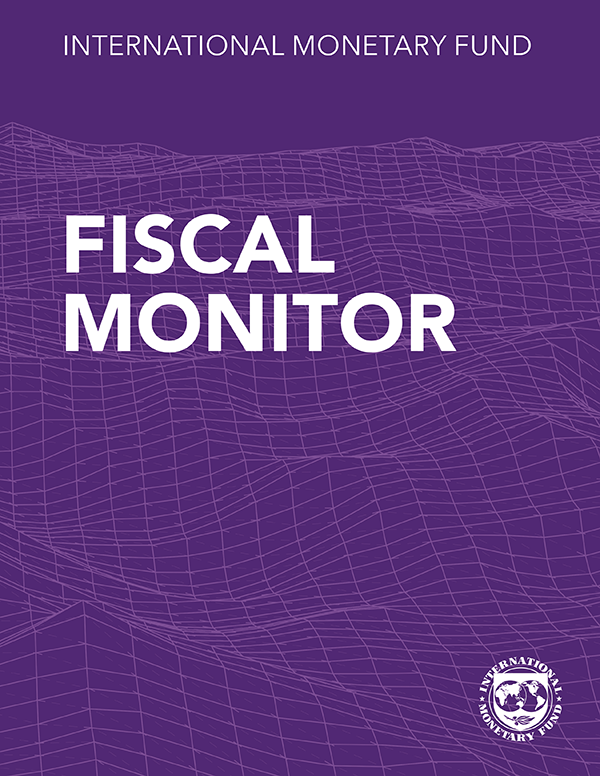Regional Economic Outlook for Europe, October 2021

An increasingly resilient recovery is taking hold in Europe, buttressed by gradual increases in vaccination rates and mobility. Strongly accommodative macroeconomic policies and COVID-19 support schemes have paved the way for the recovery by helping preserve employment relationships and protecting private sector balance sheets. However, uncertainty remains elevated, not least because of the risk of new infection waves and virus variants amid uneven vaccination rates across countries. It is therefore imperative to continue increasing vaccinations, notably in emerging European economies, and to strongly support international efforts to speed up vaccine access globally.
Advanced European economies are forecast to expand by 5.2 percent and emerging European economies by 6 percent in 2021, 0.3 and 1.1 percentage points higher than in the July 2021 World Economic Outlook Update. Chapter 1 explains that the recovery is expected to consolidate in 2022, with growth projected at 4.4 percent in advanced European economies and 3.6 percent in emerging European economies, while risks are tilted to the downside owing to potential virus mutations, prolonged supply disruptions, and high energy prices among others. The exceptionally strong fiscal support deployed in 2020–21 can be reoriented toward building forward better and scaled back to rebuild room for fiscal policy maneuver, while continuing to shore up the recovery.

Pushing but No Longer Flooring the Policy Pedal
A year and half after deploying comprehensive policy support schemes, an increasingly resilient recovery is taking hold across Europe. Advanced European economies are forecast to expand in 2021 by 5.2 percent and emerging market economies by 6 percent. Yet, the recovery remains bumpy, with supply chain bottlenecks and high energy prices. Policies should be adapted flexibly, reflecting country-specific developments. They can be scaled back appropriately while continuing to shore up the recovery, and should be reoriented to building forward better and facilitating economic transformation.

Growth during the Pandemic
The COVID-19 pandemic spared no country but the associated economic losses in 2020 varied substantially across Europe. Emerging market economies in Europe experienced, on average, significantly shallower recessions than advanced economies in Europe. This chapter shows that differences in 2020 growth outcomes can be largely explained by differences in underlying growth trends, mobility, pre-pandemic fundamentals, and macroeconomic policies. Notably, the smaller output losses in emerging market economies in Europe can be attributed to higher underlying growth and younger populations.

Multi-Speed Sectoral Recovery and Reallocation Potential
The COVID-19 crisis has hit some sectors far harder than others. A key question is whether this will lead to sizable reallocation of inputs in Europe over the medium term. Based on past experiences and advance signals from financial markets, this chapter finds that the pandemic is likely to accelerate reallocation, with transition challenges looming large especially for low-skilled workers who may have a hard time integrating into expanding sectors because of missing skills. Policies can play an important role in facilitating needed reallocation and minimizing the transition costs of those adversely affected.
Publications

-
September 2025
Finance & Development
- Stablecoins and the Future of Finance

-
July 2025
- Global Imbalances in a Shifting World

-
Regional Economic Outlooks
- Latest Issues






